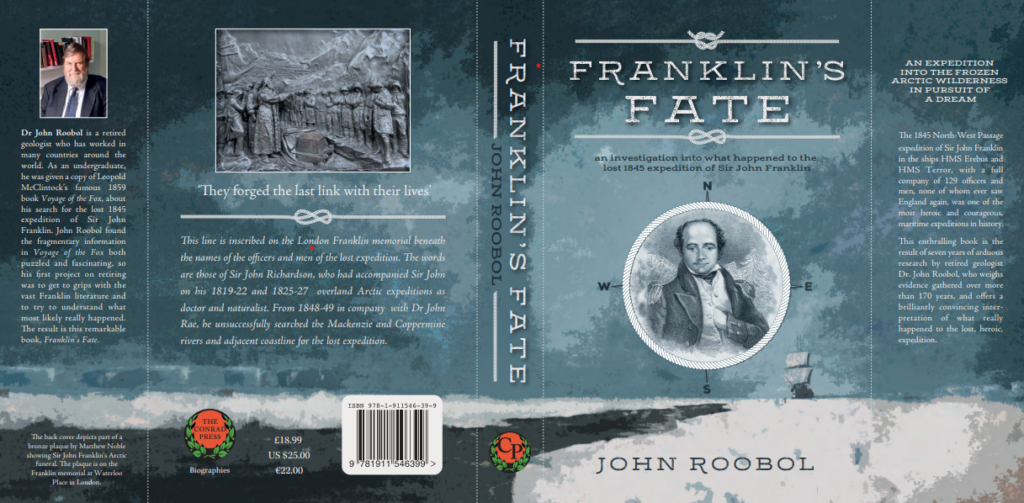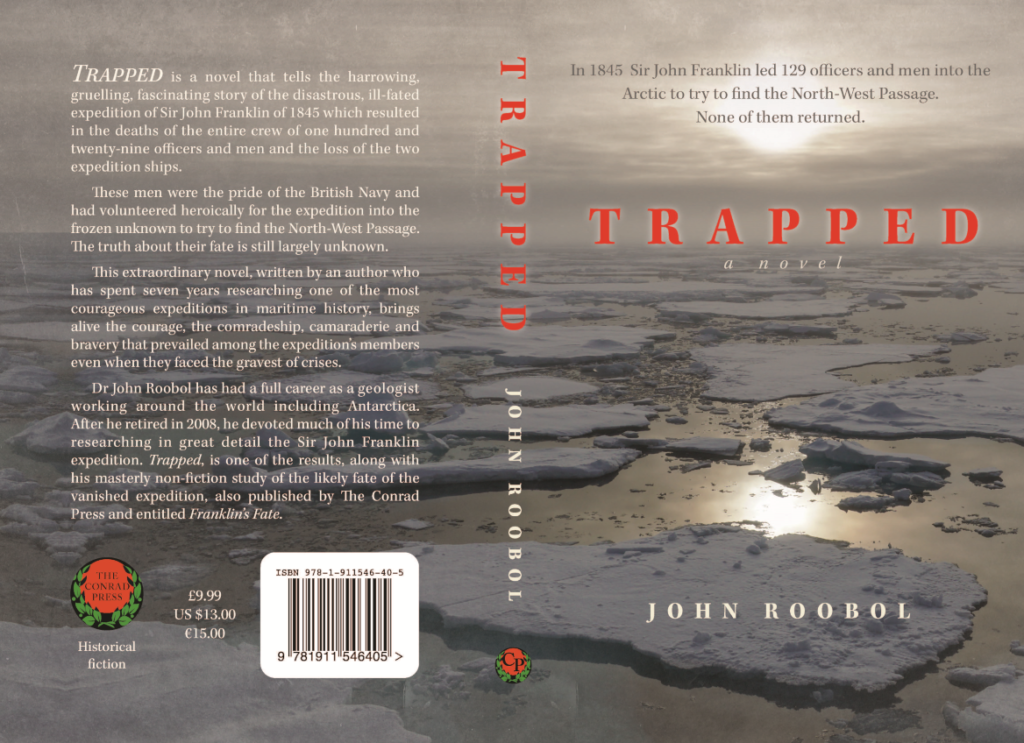The six winter months in Pembrokeshire are very different to the summer. It mostly rains all the time with strong winter winds. The warmer waters of the Gulf Stream ensure that frost and snow are rare on the Pembrokeshire coast. Apart from rare sunny days, the beaches are very wind and rainswept and not very nice, (caves with a flask of hot coffee become important shelters). The savage winter seas are very photogenic. In the depths of winter it gets dark at 4.30 pm in the afternoon. In dry spells there is much work to be done clearing up the autumn leaf fall and picking up the numerous tree branches and the odd fallen tree. The garden surfaces need cleaning from moss that grows on patios and asphalt. It is a time for building bonfires of tree debris for when the summer returns. The long dark days provide a great opportunity for writing. Here are three books written at The Anchorage in the long dark winter months. The books are available from Amazon and Pembrokeshire bookshops. Copies are also available to summer guests in The Anchorage.
Franklin’s Fate
New Book, Based on Inuit Testimony, Reconstructs John Franklin’s Failed 1845 Arctic Expedition
Dr John Roobol’s ‘Franklin’s Fate’ takes the form of an armchair investigation to explore and showcase all of the known facts surrounding John Franklin’s fatal 1845 expedition to navigate the Northwest Passage. Particularly inspired by Parks Canada’s recent discovery of the wreckages of H.M.S. Erebus and H.M.S. Terror, the volume comprises the appraisal of original records, officer correspondence, Inuit testimony and modern forensics to reconstruct the history of the lost expedition. It’s fascinating to say the very least.

Trapped
Cinematic Novel Fictionalizes John Franklin’s Ill-Fated 1845 Northwest Passage Expedition
Dr John Roobol’s ‘Trapped’ fuses fact and fiction, in a unique expedition diary format, to tell the harrowing story of John Franklin’s 1845 attempt to navigate the Northwest Passage, which ended in 129 perished brave souls. The lives of these heroes and the expedition they so courageously accepted, against the odds, is now celebrated amid a modern resurgence of interest, after the trip’s two lost vessels were discovered by Parks Canada.

Pembrokeshire’s Past
Pembrokeshire’s Past vividly and unforgettably brings to life the boisterous and turbulent history of this little known Welsh peninsula jutting out into the Irish Sea. A great glacier overrode the mountains in the north and carried away the bluestones of Stonehenge. Upper Palaeolithic mammoth hunters sheltered in Limestone caves in the south. At the time Pembrokeshire, Ireland and the North Sea were land connected to Europe. As the climate warmed world sea levels rose 120 meters (400 foot) and flooded vast tracts of land. Britain became an island about 8,000 years ago. Sunken oak forests visible around the coasts at very low tides record this sea level rise.
Mesolithic people were followed by Neolithic people who left their spectacular stone burial chambers. The Bronze Age people left stone circles and burial mounds, some on the tops of the mountains. Iron Age settlers left many hill forts that are well preserved. Turbulence followed with Roman, Irish, Viking and Norman invasions. The legends of King Arthur’s visits to Pembrokeshire are recounted.
South Pembrokeshire became a Norman stronghold with a ring of great stone castles to protect it. The Normans built their churches with high towers as lookouts for Welsh attacks. South Pembrokeshire became the Norman base for the invasion of Ireland. The remarkable roles of Welsh Princesses Nest and Gwenllian, one supporting and the other opposing the Norman invasion, are described.
The Civil War was strongly contested in Pembrokeshire. The Royalists were defeated. But after the war the three Parliamentarian leaders refused to give up their arms until they were paid, as each had spent personal his fortune and borrowed heavily to support the war. Oliver Cromwell and his Roundheads were sent against them. The three leaders were captured. One was executed
Two notorious citizens of Pembrokeshire, Sir John Perrot and the pirate Black Bart Roberts are described. Sir John died in the Tower of London after calling Queen Elizabeth ‘a base bastard piskitchin woman’. Black Bart after capturing 470 ships, died in a sea battle. Admiral Lord Nelson and the Hamiltons inspected the new town of Milford Haven. Nantuckett whalers came from America to settle in Milford Haven and set up a southern ocean whaling industry to supply oil for the lights of London. Lord Palmerston built many forts in South Pembrokeshire to protect against French invasions. A great Naval shipyard existed at Pembroke Dock and employed 3,000 men. After it closed the site became the world’s biggest flying boat base during and after World War II. Its role was The book closes with a chapter on the Gulf Stream that brings warmer water to Pembrokeshire and carries exotic fauna and objects from the Amazon River and the Caribbean Islands to the Pembrokeshire beaches
Copies can be purchased at:
- The Victoria Bookshop, 6 Bridge Street, Haverfordwest SA61 2AD
- Tenby Bookshop, Jubilee House, Tudor Square, Tenby SA70 7AJ
- Seaways Bookshop, 12 West Street, Fishguard
- Castell Henllys Iron Age Village, National Park Bookshop, Meline
- St. Davids Cathedral Bookshop, St Davids
- Window on Wales in Solva, 24-30 Main Street Solva.
- National Park Bookshop, Carew Castle
- In late March by www.amazon.com
